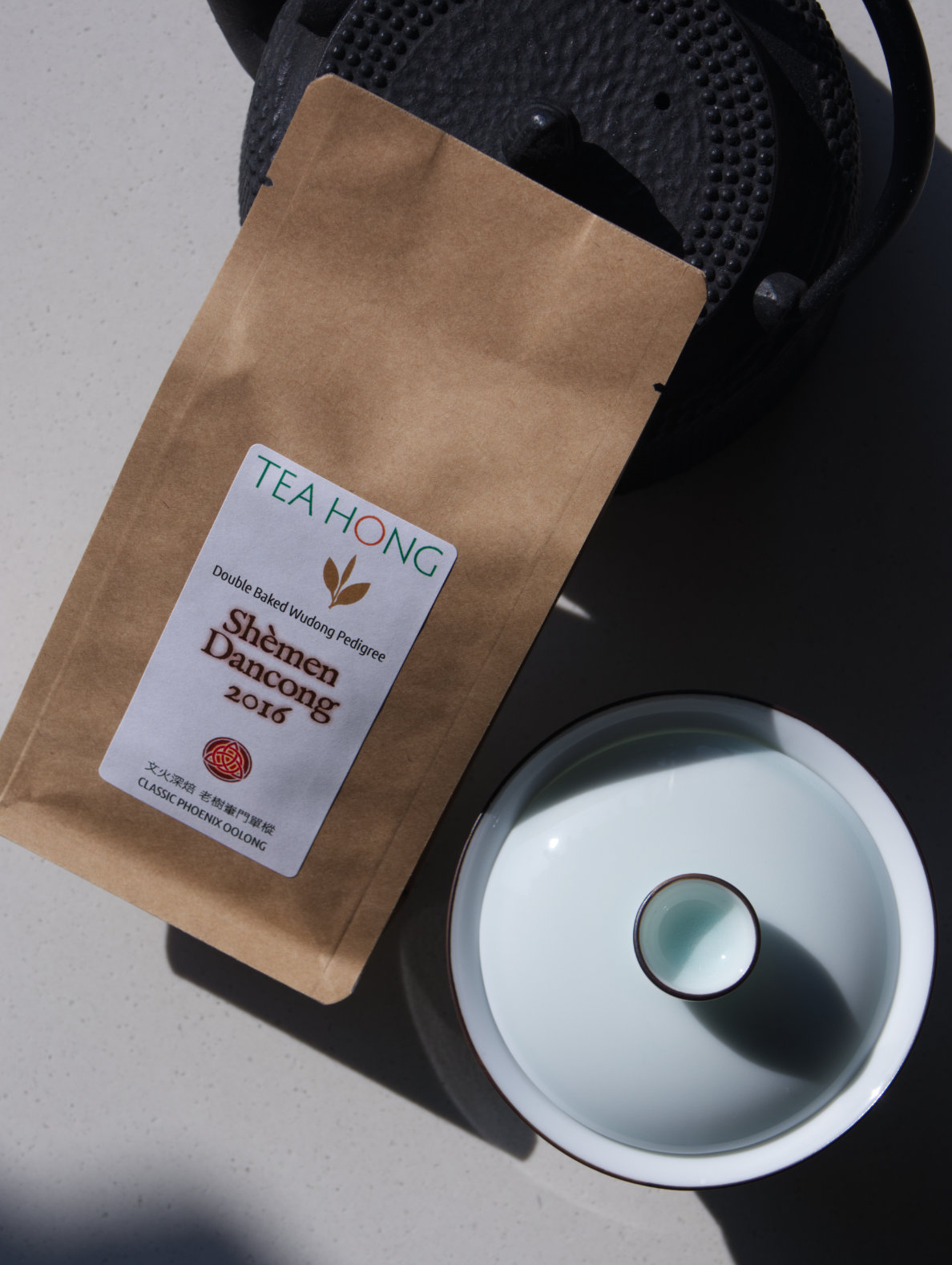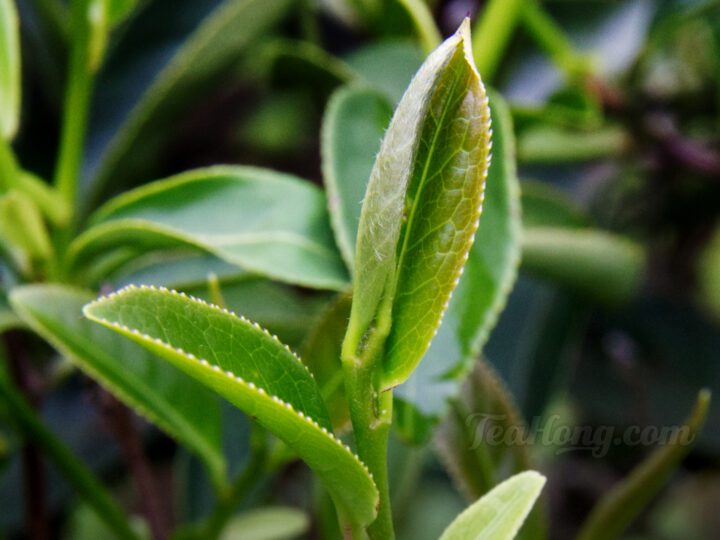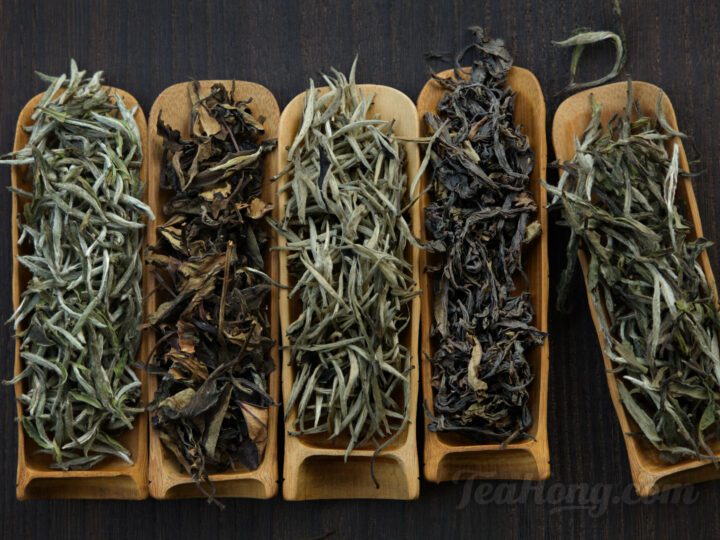Master Wang of Taiping makes our Taiping Houkui Traditional. It is a green tea that I have always thought best when fresh, but not oven fresh kind of fresh. That is because immediately after the tea is baked the infusion is not as palatable as it should be yet. Normally we let the tea sit a few weeks before selling it. We do that to all our green teas anyway albeit different resting durations. However, we still maintain the idea that green tea is best when fresh for the year, or at least kept in chilled storage to maintain that.


The tea producer Master Wang turning coal at the oven baking Taiping Houkui traditional green tea
Green tea maker’s own personal tea
I was therefore surprised to see Master Wang’s personal tea — unpressed Taiping Houkui from a few years back, stored in a tin that could be as old as the tea master himself. “To me this is a far better tea to drink, but not to sell,” he chuckled.
Since then, when my wife and I have green tea for breakfast, it will be a Huangshan Maofeng or Longjing from a couple of years ago, not even stored in the fridge. They are less aromatic, but smoother and a lot more comfortable.
When a tea turns old, it does not have to turn stale. It can mature to have become better. Much like a cheese, a wine, or even a vinegar. Even your household Worcestershire Sauce needs to mature before filling the bottle for market.
The phenomenon is well known in Pu’ers, whether shengcha or shu cha. Some people know oolongs do that too, but perhaps less known is that even white and black teas do that.
However, not all teas under those categories do. It won’t happen to say, most Darjeelings, for example. Needless to mention those CTC produced black tea products. That is why most flavoured tea are made from them — to push to the market overstocks which musty smell needs coverup.
Original quality critical to how well a tea matures
To achieve proper maturing, selection is criteria number one. As said, not all quality matures well. When I decide on choose a tea, I normally go for whole leaf first, and then examining its taste profile to find traces which will turn into positive constituents when properly aged. A tea that is not properly processed, too mild, too dry, or too moist, too underbaked, or not enough will not fit the purpose. Some teas needs processing to shine on maturity.
Appropriate handling and storage conditions are the next key elements. While we have our way of doing things in the bulk as a trader, consumers can do their own small batch storing for similar effects. As I have repeatedly communicated, properly seal the pack and store it in a cool, dry place. Do not vacuum pack the tea. It is good only for extending the shelf life of green teas and green style oolongs. Do not keep it in the chill. Although different teas require different temperature for optimum ageing, generally it’s never below 20°C.
Generally black teas require less time to mature well, some maybe as little as a few months, such as our Keemun Traditional and Red Plum Classic.


It is only in 2020 that we are releasing this 2016 rare Fenghuang Dancong. Proper maturing is critical to quality
Although white teas are overall a much lighter tasting category, the biochemical changes require a bit longer time. Therefore a white tea tastes relatively the same the first couple of years but very slowly acquires additional favours and aromas. King Silver and Premodern Peony are perfect examples.
Oolongs, a varied variety in the world of matured tea
Oolongs are a lot more varied. It took us 12 years before our Tieguanyin Classic becomes what it is today but less than 4 for Shèmen Dancong. The various steps in customised baking and the grain density are critical differences. These are processing techniques held by very few producers and traders. That is why you do not often come upon such quality elsewhere.
Pu’er is even more complicated, and deserves another article or more.
Once a tea reaches a good enough maturity, it is released. On a second milestone when its ageing reaches a new height for even better enjoyment, the price will be raised to reflect that added value, much like a wine does, but to a much lesser percentage. It is therefore wise to get them while they are still young.
Comments (0)
Leave a reply
You must be logged in to post a comment.







